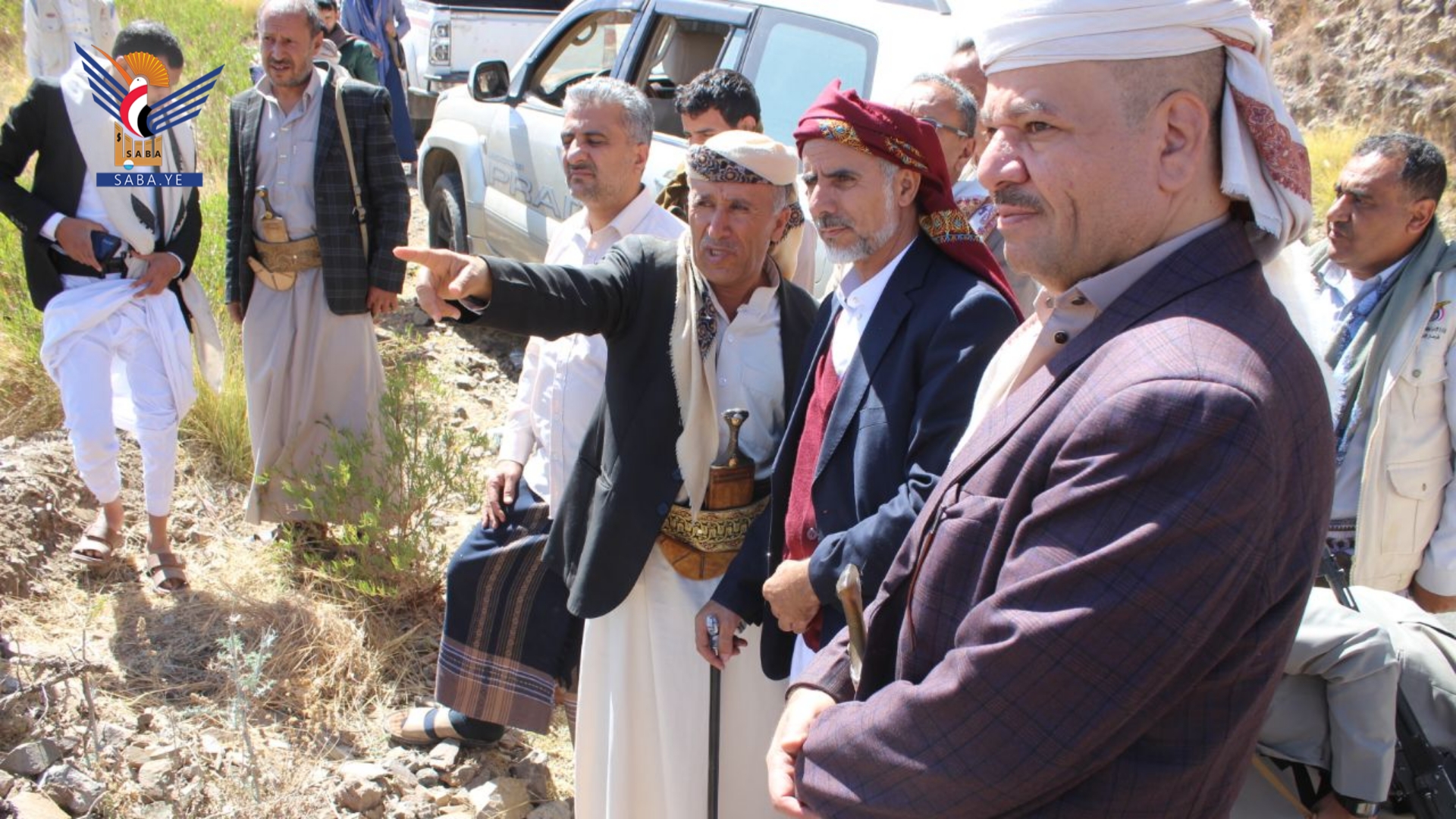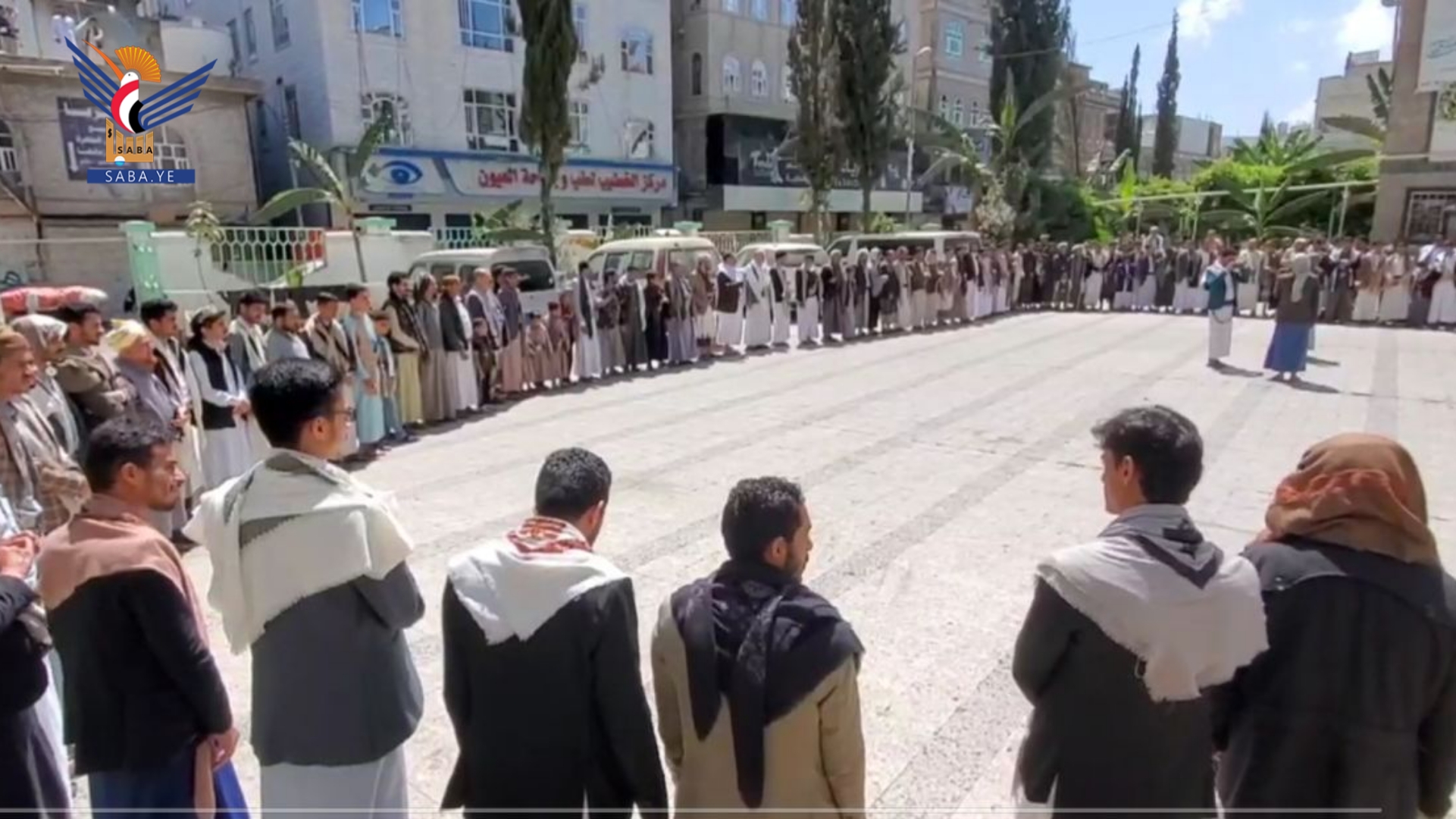
Nigeria is currently facing a significant and complex food crisis that requires urgent and strategic interventions. An alarming combination of factors, including high inflation rates, climate change-related extreme weather events, pervasive corruption, and ongoing armed conflicts in various states in northern regions of Nigeria, has intensified food insecurity across the country. According to the United Nations World Food Programme (WFP), a staggering 33 million Nigerians could face food insecurity by 2025, sharply rising from 25 million in 2024.
This rise underscores the critical need for effective, multi-faceted solutions. Recent statistics from the National Bureau of Statistics (NBS) indicate that food prices in Nigeria soared by a staggering 95% by the end of 2024, with the South-east region, including Anambra State, experiencing the most severe impacts. The persistent increase in food prices in this region has been recorded for three consecutive months, making basic staple foods unaffordable for a large portion of the population.

The underlying factors contributing to this challenge are multi-dimensional, including limited access to arable land, prevailing low-income levels, and alarmingly high unemployment rates, all of which significantly restrict the community’s ability to produce or purchase enough food. Moreover, the South-east agricultural sector is highly vulnerable to unpredictable weather patterns, which have become more pronounced due to climate change. Farmers face significant challenges such as prolonged droughts, irregular rainfall, and increased flooding, which adversely affect crop yields and overall agricultural productivity.
At the same time, ongoing conflicts in the region, including violent clashes between herders and farmers, have disrupted agricultural activities, further displacing farmers and inhibiting local food production. The removal of the fuel subsidy in 2023 has compounded these issues, leading to dramatic hikes in transportation costs. This increase places additional burdens on farmers, making it harder for them to transport their crops to market and thereby exacerbating the overall food crisis in the Southeast.
Despite these formidable challenges, Anambra State possesses untapped potential to alleviate the food crisis affecting the region. Covering approximately 4,844 square kilometres, Anambra is characterised by nearly 100% arable land situated in the fertile Niger belt, renowned for its rich soil and conducive climate for crop cultivation. This advantageous geographic setting can support a wide variety of crops, including oil palm, maize, rice, yams, and cassava – key staples that are already integral to the state’s agricultural landscape.
To effectively combat the food crisis gripping South East Nigeria, a comprehensive and holistic strategy is necessary. The following strategies are proposed to tackle the root causes of food insecurity while maximising the agricultural potential of Anambra State. Promoting Urban Agriculture: Urban agriculture initiatives like rooftop gardens, container farming, and hydroponics can significantly enhance food production in urban settings.
Encouraging these methods allows residents of urban areas to grow fresh produce, which can help to grow fresh produce, which can help alleviate food shortages and improve access to nutritious food. Investing in Aquaculture Development: The promotion of aquaculture, particularly sustainable fish and shrimp farming, can provide essential alternative sources of protein, which is crucial in enhancing food security. Aquaculture can also generate income and create jobs, fostering local entrepreneurship within communities.
Establishing AgroProcessing Facilities: By setting up agroprocessing industries that add value to raw agricultural products, Anambra can minimise post-harvest losses while creating employment opportunities. Processing crops can not only enhance profitability for farmers but also stabilise food supply throughout the year. Creating Farm Clusters: Establishing farm clusters enables smallholder farmers to collaborate, share resources, and pool knowledge.
This cooperative approach can improve efficiency and facilitate collective bargaining power in the market, allowing farmers to negotiate better prices and access to resources. Fostering Collaboration and Partnerships: Encouraging partnerships between farmers, agribusinesses, research institutions, and government agencies can foster innovation in agricultural practices. By sharing resources and expertise, these collaborations can drive higher productivity levels and better production methods.
Modernising Agricultural Practices: Implementing modern farming techniques such as precision agriculture can significantly improve crop yields through enhanced resource management. Introducing technologies like drip irrigation and crop rotation can optimise land use and reduce waste, ensuring sustainable farming practices. Developing Irrigation Infrastructure: Investment in irrigation systems is crucial to supporting agricultural productivity, especially in areas susceptible to low rainfall.
Reliable access to water sources can enhance crop output and ensure more consistent agricultural production. Rehabilitating Degraded Lands: By identifying and rehabilitating degraded or abandoned agricultural lands, Anambra can expand its arable area and increase overall food production capacity. Restoration projects can play a vital role in bringing previously unproductive lands back into cultivation.
Encouraging Crop Diversification: Promoting crop diversification can help farmers mitigate risks associated with climate change and market fluctuations. Encouraging the cultivation of high-value, nutrient-rich crops such as vegetables, legumes, and tubers can enhance dietary diversity and increase the resilience of farming systems. Support for Livestock Production: The development of the livestock sector should be promoted through sustainable practices in poultry, aquaculture, and pig farming.
Livestock provides an additional source of protein and income for farmers, contributing to both food security and economic growth. Empowering Smallholder Farmers It is imperative to create programmes that offer training, access to credit, and improved market access for smallholder farmers. By empowering these crucial sectors of the agricultural economy, Anambra can boost overall agricultural productivity and food security.
.















